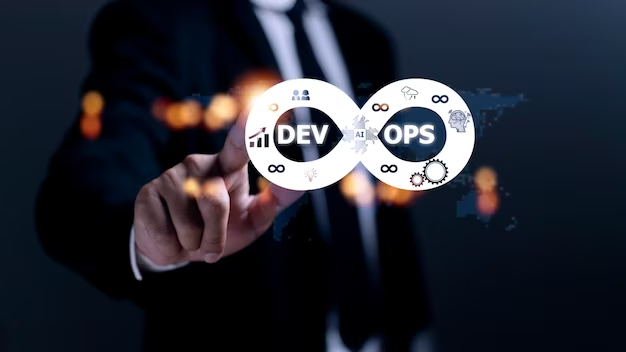DevOps: Bridging the Gap Between Development and Operations
 Sagar Bhosale
Sagar Bhosale
What is DevOps?
DevOps is not just a buzzword; it’s a methodology that revolutionizes how software is developed, deployed, and maintained. At its core, DevOps bridges the gap between development (Dev) and operations (Ops). Here’s what it entails:
Automated Collaboration: DevOps encourages seamless collaboration between development and operations teams. No more silos—everyone works together to achieve common goals.
Continuous Delivery: DevOps aims to shorten the software development life cycle by enabling continuous delivery. This means faster releases, quicker feedback loops, and high-quality software.
Agile Integration: DevOps draws inspiration from Agile methodologies. It’s about iterative, incremental updates rather than massive code releases. Think of it as a series of smaller, manageable “snaps” rather than a single “big bang.”
The Journey to DevOps
1. Waterfall Methodology:
Before 2000, most software development followed the waterfall methodology—a linear approach. Months were spent developing extensive code, followed by integration, testing, and deployment. The result? Long release cycles and complex deployment plans.
2. Agile and CI/CD:
Agile methodologies changed the game. Continuous integration and continuous delivery (CI/CD) became the norm. Smaller chunks of code are merged into the code base every week or two, automatically tested, and prepared for deployment.
3. DevOps Emerges:
DevOps represents the evolution of software delivery. It’s about meeting users’ demands for frequent updates, innovative features, and uninterrupted performance. DevOps extends beyond development and operations, involving all stakeholders.
Key Benefits of DevOps:
Speed: Faster development cycles mean quicker time-to-market.
Quality: Automation ensures consistent quality across releases.
Collaboration: Teams work together seamlessly.
Risk Reduction: Smaller updates minimize risks.
Innovation: DevOps fosters a culture of innovation.
Best Practices:
Infrastructure as Code (IaC): Automate infrastructure provisioning.
Containerization: Use tools like Docker for consistent environments.
Monitoring and Logging: Keep an eye on performance.
Security Integration: Embed security practices into the process.
Feedback Loops: Continuously learn and improve.
In a nutshell, DevOps is about agility, collaboration, and delivering value to users. It’s not just a methodology; it’s a cultural shift that empowers teams to build better software, faster.
Remember, DevOps is not a destination—it’s a journey of continuous improvement.
Subscribe to my newsletter
Read articles from Sagar Bhosale directly inside your inbox. Subscribe to the newsletter, and don't miss out.
Written by
